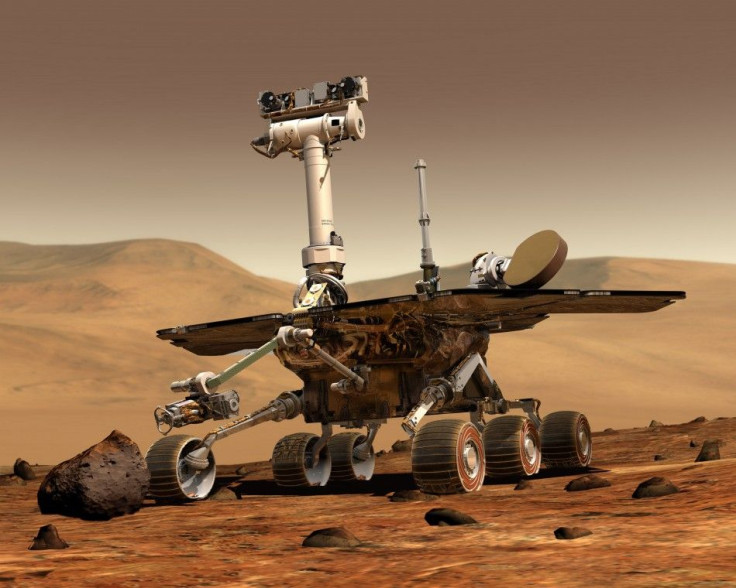NASA Heads to Mars' Gale Crater in Search of Life and Water [VIDEO]

New evidence of Mars' watery past has surfaced, NASA scientists say, suggesting that evidence of the wet stuff may lurk under thin layers of a rust scattered across areas of the Red Planet that mirror conditions found in Earth's desert regions.
NASA's Mars Science Laboratory's rover "Curiosity" will be launched toward Gale crater on Mars sometime between Nov. 25 and Dec. 18, 2011, the space agency announced Friday, July 22. NASA scientists say the site offers promising conditions for the search for signs of life as well as water.
"It's possible that an important clue, the presence of carbonates, has largely escaped the notice of investigators trying to learn if liquid water once pooled on the Red Planet," Janice Bishop, a planetary scientist at NASA's Ames Research Center at the SETI Institute at Moffett Field, Calif., said in a statement.
"The plausibility of life on Mars depends on whether liquid water dotted its landscape for thousands or millions of years," added Bishop, who is also the lead author on a paper about the same, which was published in the July 1 online edition of the International Journal of Astrobiology.
At a Cape Canaveral briefing next Wednesday, NASA officials plan to discuss preparations for the agency's upcoming "Juno" mission to Jupiter, with an unmanned spacecraft set for launch in August. The spacecraft is expected to reach Jupiter's orbit in July 2016, Reuters reports.
"A lot of attention has been given to the event that concluded yesterday with the landing of the space shuttle, marking really the turning of the page to a new chapter in human exploration of space," NASA chief scientist Waleed Abdalati, told Reuters.
"Things change, things evolve, but what remains constant is the urge to explore, to reach out beyond where we are and understand our surroundings and our place in it," Abdalati added at the National Air and Space Museum in Washington, D.C., where the landing site for the Mars Science Laboratory was announced.
NASA also plans to turn three of its space shuttles into museums and regroup for development of the new manned exploration program, which will be aimed at the inner solar system, which, to date, has only been explored by robots.
See how the process will work!
Actual U.S. Robot, or "Rover" Demonstration:
Click PLAY below:
© Copyright IBTimes 2024. All rights reserved.











